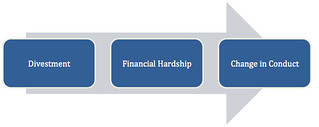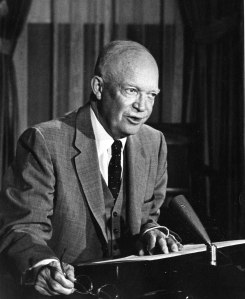The most cost-effective power sources are solar and wind,
re-affirms a study that includes social costs,
such as the environmental costs of the climate
change caused by CO2 from fossil fuels
(the social cost of carbon, or SCC),
and the health damage caused by sulfur dioxide pollution.
It’s time to stop paying for utility executive profits with our health and dollars.
No fracking, no pipeline.
M Caulfield wrote for Exposing the Truth 24 September 2013,
Renewable Energy Now Cheaper Than Fossil Fuel,
![168292900_900x675[1]](http://www.exposingthetruth.co/wp-content/uploads/2013/09/168292900_900x6751-300x225.jpg) Renewable energy is becoming more and more
competitive. Alternative and renewable energy sources are increasingly
becoming more affordable. According to a new study published in the Journal
of Environmental Studies and Sciences, it is now less costly in
America to get electricity from wind turbines and solar panels, than it
is to get it from coal-fired power plants. The study shows, when climate
change costs and other health impacts were factored in, that it is even
more cost effective to convert an existing coal-fired power plant with
a wind turbine, than it is to keep the old fossil fuel-burning plant.
Renewable energy is becoming more and more
competitive. Alternative and renewable energy sources are increasingly
becoming more affordable. According to a new study published in the Journal
of Environmental Studies and Sciences, it is now less costly in
America to get electricity from wind turbines and solar panels, than it
is to get it from coal-fired power plants. The study shows, when climate
change costs and other health impacts were factored in, that it is even
more cost effective to convert an existing coal-fired power plant with
a wind turbine, than it is to keep the old fossil fuel-burning plant.
 Unsubsidized renewable energy is now cheaper than electricity from coal and
gas power stations in Australia as well. Wind farms in Australia
can produce energy at AU$80/MWh. Meanwhile, coal plants are
producing energy at AU$143/MWh and gas at AU$116/MWh. And the myth that alternative energy sources
were enormously more costly than the typical
fossil fuels, is proving to be untrue. And after initial
investment costs are waged, making them now ameliorated, and the raw materials for solar and wind power are free, besides
costs of upkeep, and the harvesting of those sources doesn’t cause
mayhem to the environment. Making it an ever-more appealing alternative
energy source.
Unsubsidized renewable energy is now cheaper than electricity from coal and
gas power stations in Australia as well. Wind farms in Australia
can produce energy at AU$80/MWh. Meanwhile, coal plants are
producing energy at AU$143/MWh and gas at AU$116/MWh. And the myth that alternative energy sources
were enormously more costly than the typical
fossil fuels, is proving to be untrue. And after initial
investment costs are waged, making them now ameliorated, and the raw materials for solar and wind power are free, besides
costs of upkeep, and the harvesting of those sources doesn’t cause
mayhem to the environment. Making it an ever-more appealing alternative
energy source.
“The perception that fossil fuels are cheap and
renewables are expensive is now out of date… The
fact that wind power is now cheaper than coal and gas in a country with some of the world’s best fossil fuel
resources shows that clean energy is a game changer which promises to turn
the economics of power systems on its head,” – Michael Liebreich,
chief executive of Bloomberg New Energy Finance.
In lead author Laurie Johnson’s Blog 17 September 2013,
New Study: Clean Energy Least Costly to Power America’s Electricity Needs, Continue reading →
 If Europe can do it, the U.S. can do it.
And we know
Georgia can get a third of its power from wind,
and even Spain is north of Mississippi, Alabama, Georgia, and Florida,
which have a lot more sun for solar power than anywhere in Europe.
Solar power
is already winning, even in Georgia.
Let’s help it win even faster, plus wind.
If Europe can do it, the U.S. can do it.
And we know
Georgia can get a third of its power from wind,
and even Spain is north of Mississippi, Alabama, Georgia, and Florida,
which have a lot more sun for solar power than anywhere in Europe.
Solar power
is already winning, even in Georgia.
Let’s help it win even faster, plus wind.
The costs of achieving a more ambitious EU climate target are estimated to be moderate. Upscaling greenhouse-gas emissions reduction from the current 20 percent by 2020 to 40 percent by 2030 would be likely to cost less than an additional 0.7 percent of economic activity.














![168292900_900x675[1]](http://www.exposingthetruth.co/wp-content/uploads/2013/09/168292900_900x6751-300x225.jpg)
